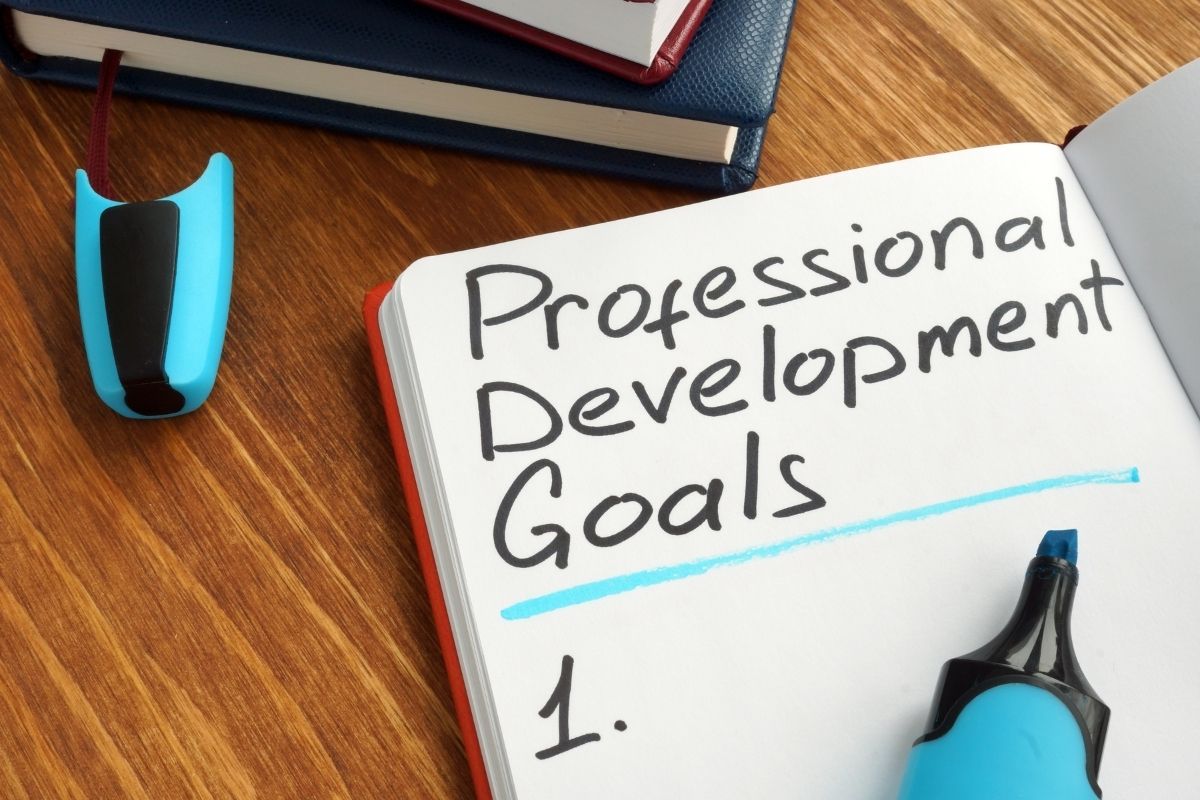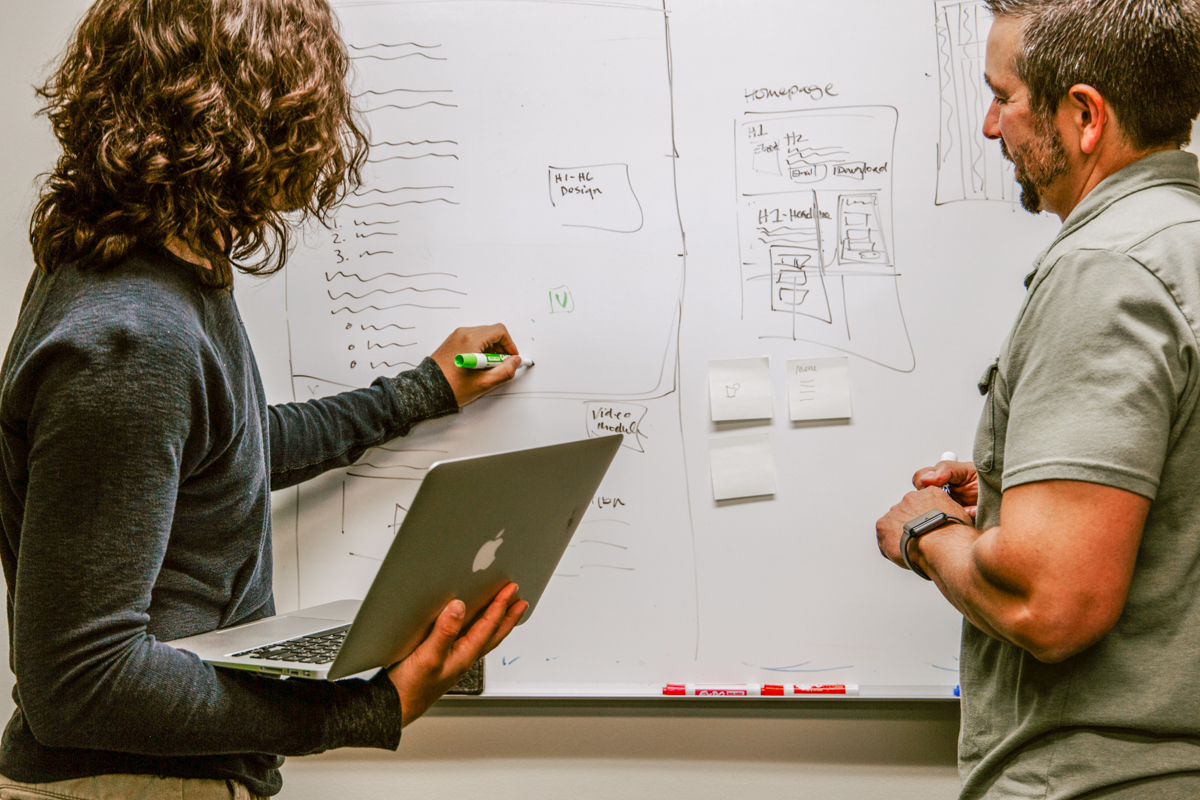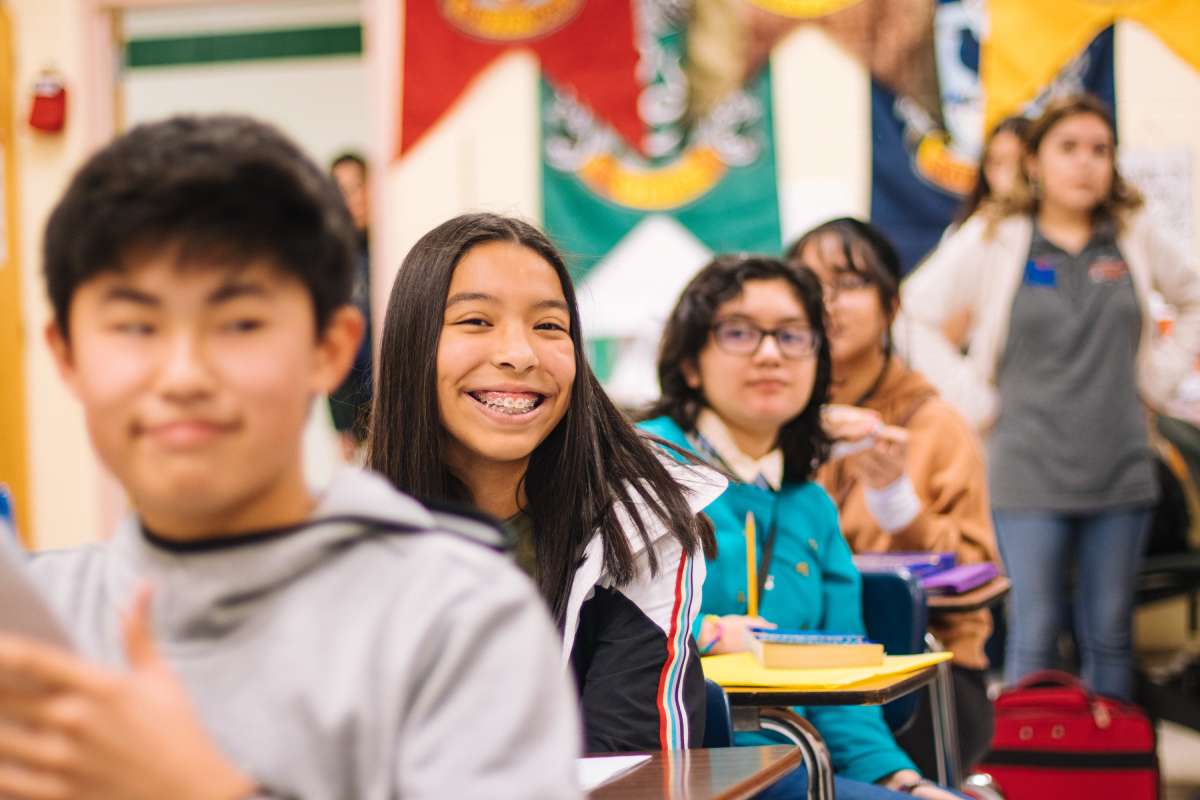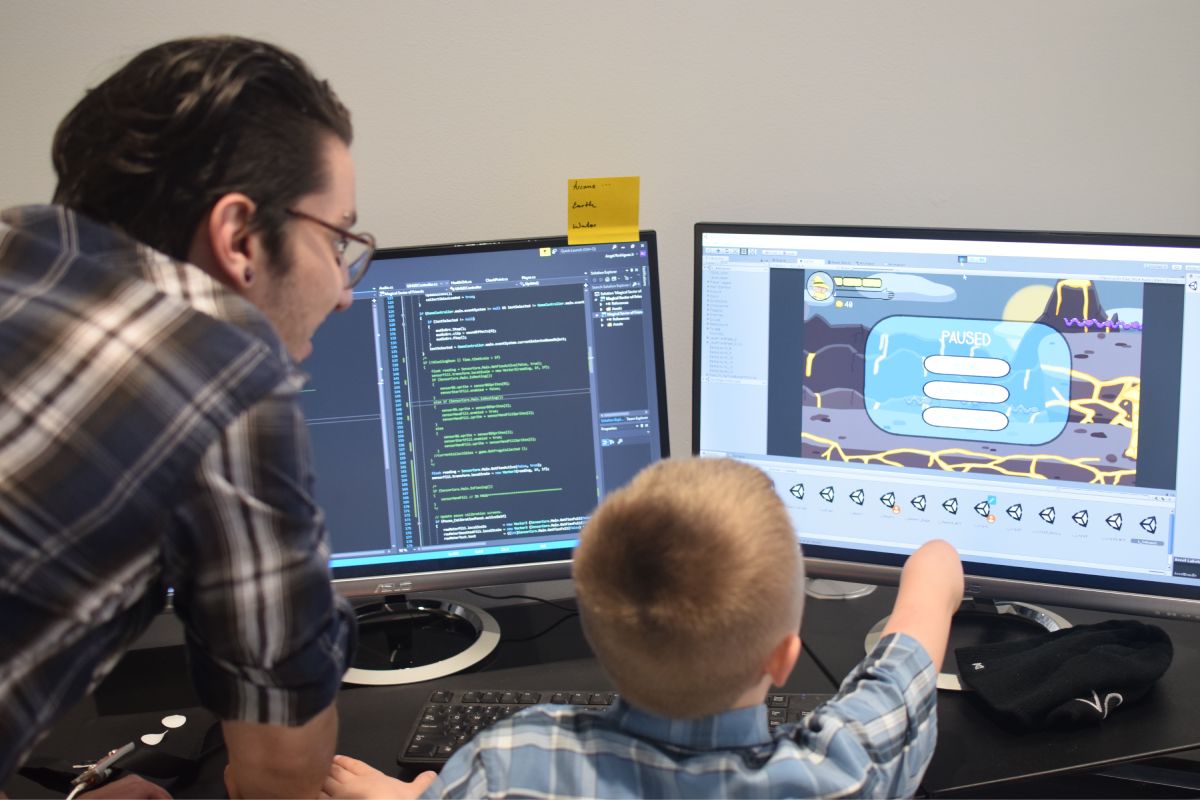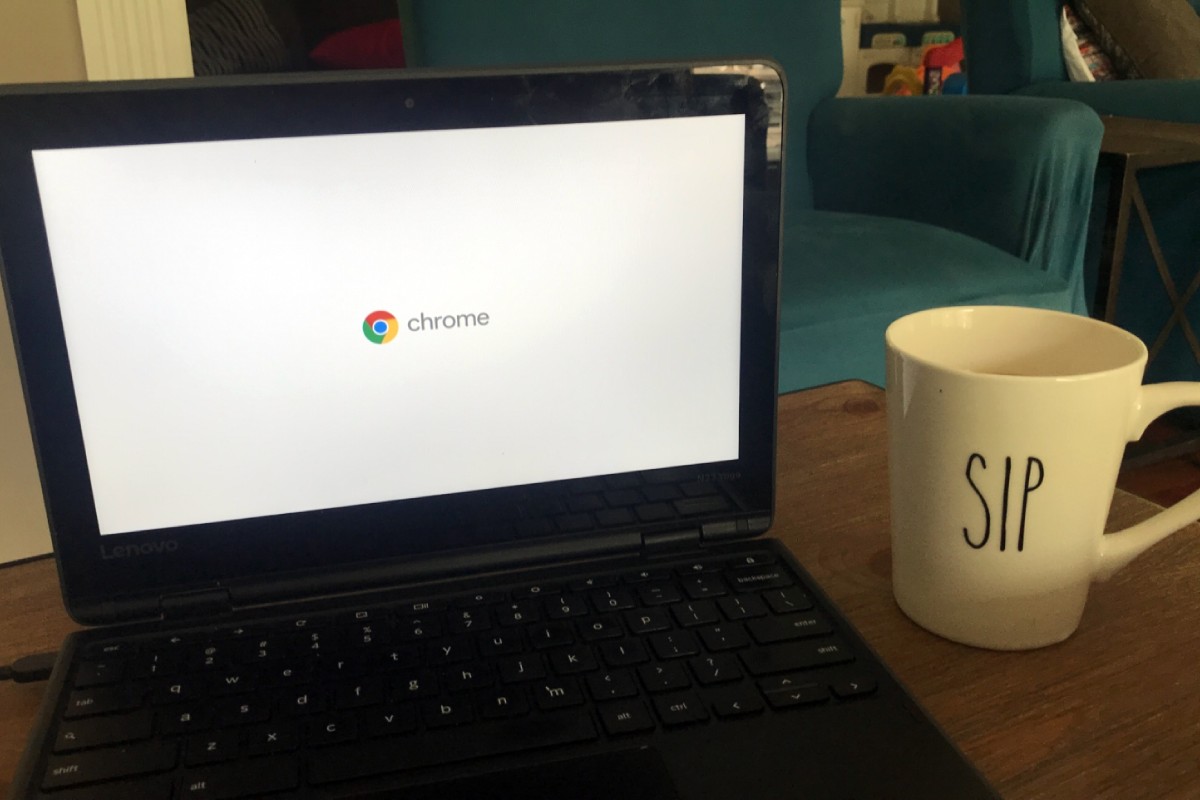College, Career and “The Test”

I often assert that “Good teaching takes care of bad testing.” The classrooms in which students are engaged in collaborative activities, where literacy skills are practiced and integrated with discipline-based learning, those are usually the ones with the highest test scores (ACT, 2006). Why is that? That’s an easy question to answer because in those classrooms, students are doing, not getting.
Frequent and long lectures, sometimes referred to as “sit and get,” cause our students to become disengaged and bored. They aren’t learning or retaining information and they aren’t developing skills. That doesn’t help with college, career, or test taking, and it no longer reflects what students can expect to encounter beyond high school.

Unlike the lecture hall experiences we may remember from our college years, long lectures that don’t engage students are no longer the norm in higher education. In addition to being an experienced high school teacher, I was a tenured professor for fifteen years at two different universities, so I’ve witnessed this firsthand. Universities are now preparing students for 21st century careers that require collaboration, creative problem solving, and innovation. Typical undergraduate assignments include things like working in teams to create projects and solving real word problems– exactly the tasks they’ll eventually do in the workplace. One example study found that cooperative learning produced greater academic achievement when compared to competitive learning and individualistic learning across college level course content (Johnson et al., 2006).
When high school and middle school students work in centers and engage in collaborative learning, they are honing the skills that will be in demand in the workplace and in college. They’re learning how to apply what they know and demonstrate their understanding of content (McKnight, 2019).
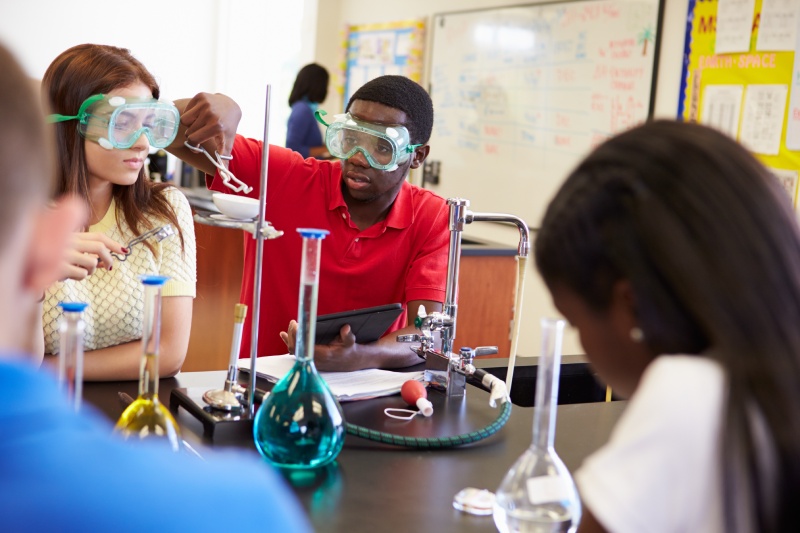
Because standardized tests are so important to school districts throughout the country, let me repeat; Good teaching always takes care of testing. Always. When students engage in meaningful work and practice authentic literacy applications, they learn how to be more independent, confident, knowledgeable, and competent. In every district where I have implemented the Literacy & Learning Center model, student performance and proficiency has gone by at least 10% on standardized state assessments. There’s quite a bit of evidence out there, too, that if we keep purchasing test prep books to prepare students to take “the test,” overall student performance goes down (Slavin et. al, 2008). So why would we keep throwing money to solve the problem if it doesn’t improve the results?
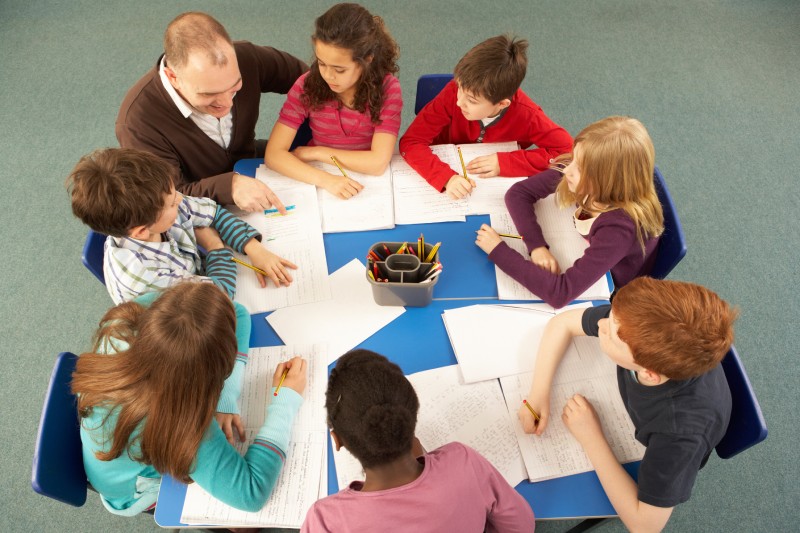
Knowledge is power and literacy is the path. The right to read and write was once reserved for only a segment of the population. Yet in the 21st century there is more demand on literacy than ever before. We have tremendous access to information and our ability to find, understand, and evaluate written text requires intellectual dexterity and speed. The survival of our democracy is dependent upon its citizens’ abilities to discern the credibility and determine the importance of a wide range of information. Middle school and high school are the best places to practice and develop that vital literacy. Creating collaborative classrooms build literacy skills, content knowledge and the social-emotional skills for college and career.
This article is available and can be accessed in Spanish here.
ACT (2006). Reading between the lines: What the ACT reveals about college readiness in reading.
Johnson, D.W., Johnson, R.T., and Smith, K.A. (2006). Active learning: Cooperation in the university classroom (3rd edition). Edina, MN: Interaction.
McKnight, K.S. (2019). Literacy and learning centers: Content area and disciplinary literacy tools for grades 4-12 (volume 1). Antioch, IL: Engaging Learners.
Slavin, R. E., Cheung, A., Groff, C., & Lake, C. (2008). Effective reading programs for middle and high schools: A best‐evidence synthesis. Reading Research Quarterly, 43(3), 290-322.



